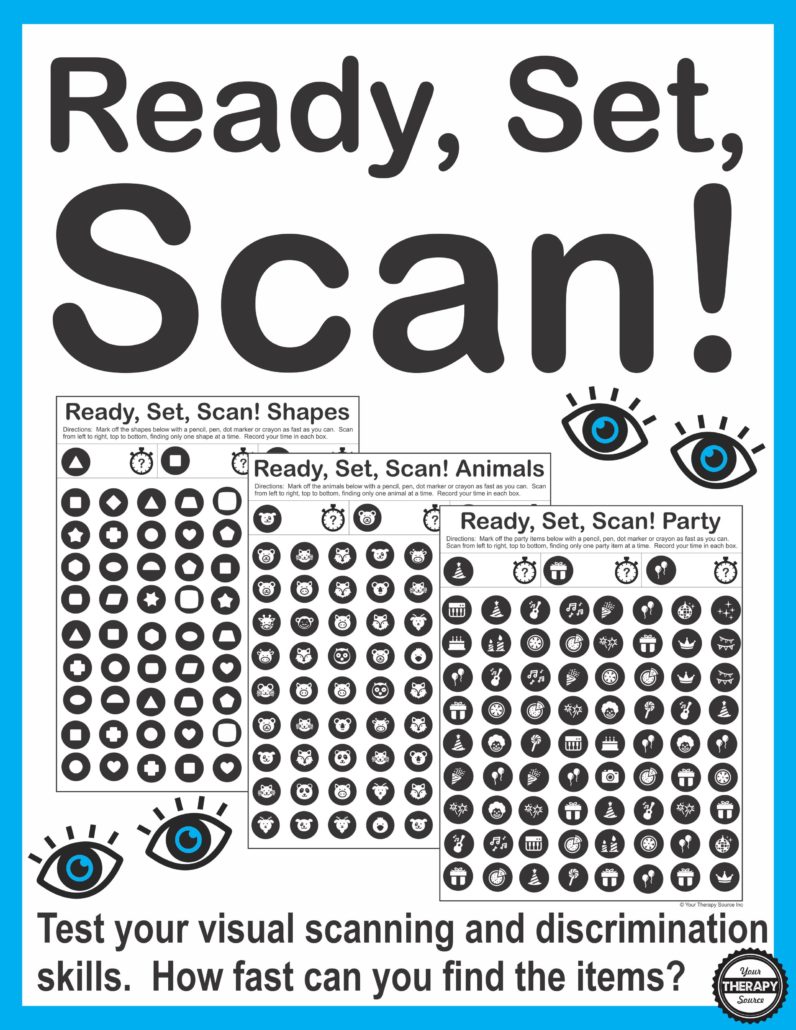Strategies to Help Students Focus in the Classroom
Classrooms are busy places! A student’s visual focus and attention can dart around the room due to the many distractions. Other students, teachers, doors opening, windows, lights, bulletin boards, whiteboards, computer screens, the list goes on and on of what can disrupt students’ visual focus and attention. There are many different strategies to help students focus in the classroom.
Sometimes it is not about distraction but about the difficulty level. If a child has difficulty paying attention when doing difficult tasks, encourage them. If you notice that they struggle with distractions and have trouble maintaining focus for any period of time at all, give them an easier task to accomplish first before moving on to something more challenging.
One Key Component to Improve Attention in the Classroom
Before the strategies to help students focus in the classroom are discussed, one critical piece of the puzzle is physical activity. When students are provided physically active breaks throughout the school day.
Think of it this way, kids are like old-fashioned clocks. You can keep winding them up to get them going but they will eventually lose steam if you don’t give the clock a break every once in awhile so that the gears have time to cool down and relax. Attention struggles for students is similar because when we ask our brains too much without giving ourselves an opportunity take a quick mental breather our attention starts getting taxed more heavily than usual which results in decreased productivity levels until someone gets their brain back on track with some active playtime breaks throughout their day!
Teachers should give students who struggle with attention, brief breaks for active play. This can include formal brain breaks, bouncing on an exercise ball or complete a quick exercise before engaging in challenging tasks.
10 Strategies to Help Students Focus in the Classroom
Here are 10 strategies to improve attention in the classroom:
- Reduce visual distractions in the room such as pictures on walls, mobiles or hanging objects. Research indicates that children in highly decorated classrooms are more distracted, spend more time off-task and demonstrated smaller learning gains than when the decorations were removed. Read more here.
- Modify worksheets by reducing non-essential visual stimuli. When a teacher makes copies of a worksheet, try covering up and pictures, fancy borders etc. to reduce visual clutter.
- Provide only one task or assignment at a time. If a student has to complete 3 sections on a worksheet, try cutting up the paper into three different parts. Or place the paper in a folder and cut the folder into thirds. Open up one section at a time to complete the work.
- Use preferential seating. For example, seat the student close to the front of the room to reduce distractions of other students.
- Use contrasting colors to increase visual focus. For example, use yellow chalk on the blackboard or color code outlines.
- Cover up shelving with games, materials, etc. with a sheet. This is a great technique in early elementary classrooms. There can be many temptations to want to play or touch other materials in the classroom. If the student can not see them, the visual distraction is reduced.
- Use natural sunlight or lamps instead of fluorescent lighting.
- The teacher can modify his/her own actions and behaviors to increase focus. For example, the teacher can stay in one location without visual clutter behind his/her while they teach.
- Vary the type of lessons by using a multisensory approach. It may be easier for some students to visually focus during kinesthetic lessons versus auditory.
- PRACTICE. Visual focus and attention can improve through practice. Work on sustaining visual focus for longer periods of time.
Read 10 Sensory Quick Fixes to Increase Attention Span.
Resources to Practice Visual Focus
If you need to practice visual scanning and focus activities check out Ready, Set, Scan – this digital download includes 12 visual scanning and discrimination activities. How fast can you scan, find and mark each item? There are 12 challenges in all with different themes including: shapes, animals, fruit, party, travel and babies. Just print and start the search. Follow the directions: start a timer, scan for one object at a time, mark each object and stop the timer. Record your time in the box provided. Dot markers work great for marking the item. Use a different color dot marker for each item.
Need visual discrimination activities? Check out this figure ground and visual discrimination bundle for a huge selection of activities at a discounted price!






